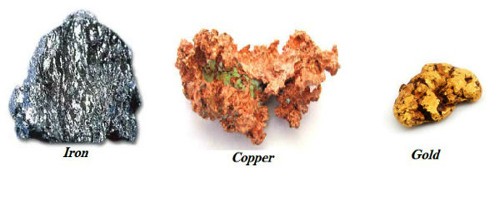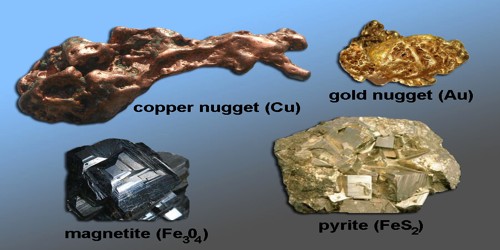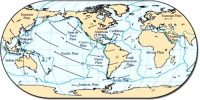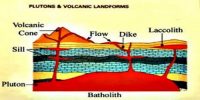Metallic Minerals
A mineral is a solid, naturally occurring combination of inorganic substances. Metallic minerals are minerals which contain one or more metallic elements. It must be broken separately and chemically processed to extract the valuable metal from the mineral.
In general, the metallic minerals are good conductors of heat and electricity. They are generally solid and have shines or luster of their own. They are ductile and malleable. They are described by different physical properties such as crystal structure, luster, hardness, color, fracture and more. Iron, cooper, bauxite, tin, manganese are some examples. They are also used in many different fields, such as manufacturing, construction, engineering, technology and science.
These minerals contain metal content and can be sub-divided into three types:
(i) Precious metals: gold, silver, platinum etc.
(ii) Ferrous metals: iron and other metals often mixed with iron to form various kinds of steel
(iii) Non-ferrous metals: include metals like copper, lead, zinc, tin, aluminum etc.















